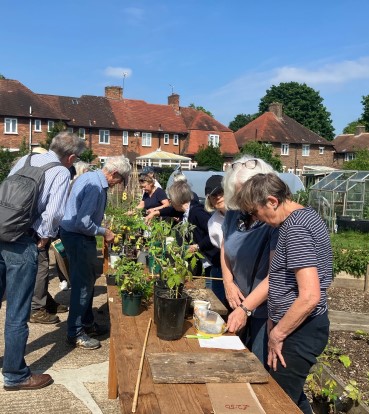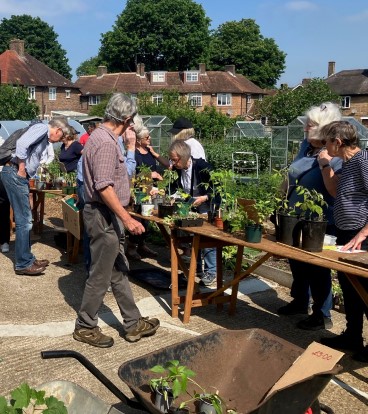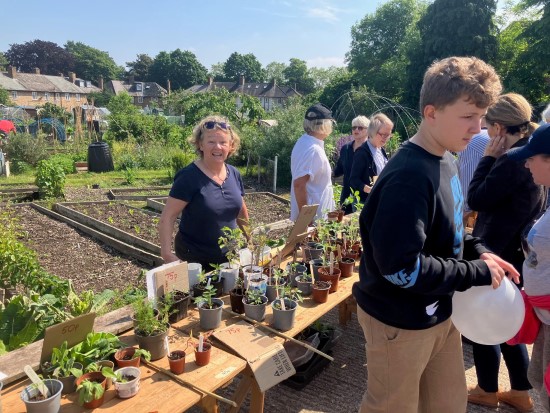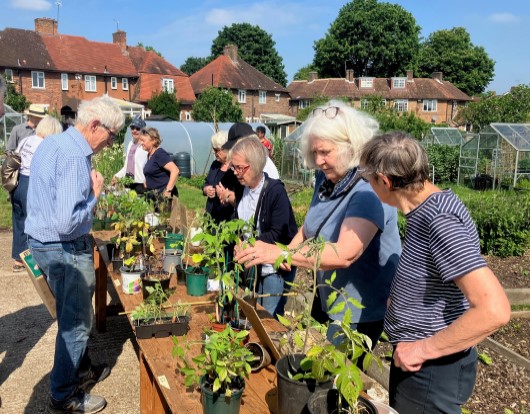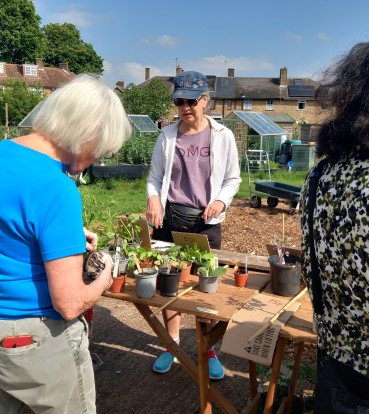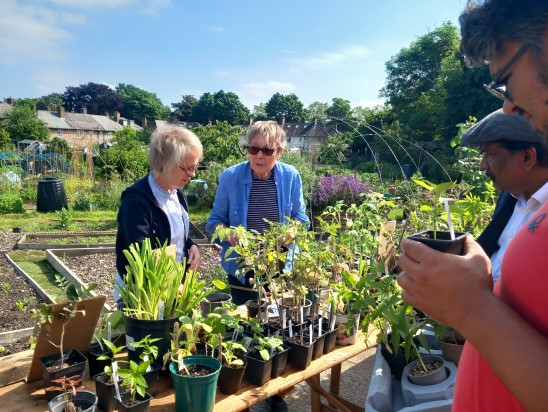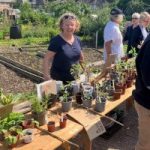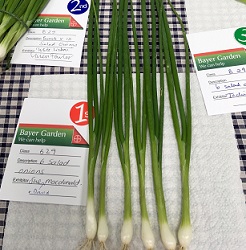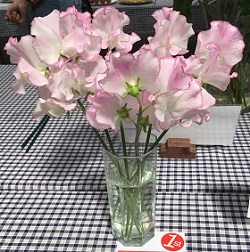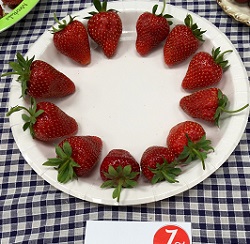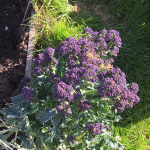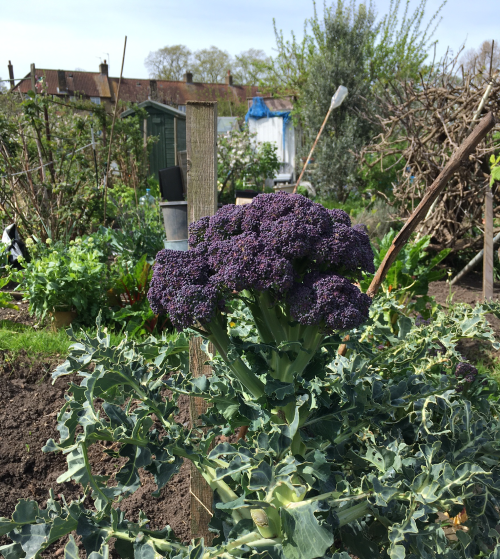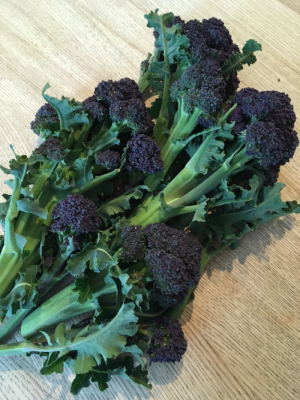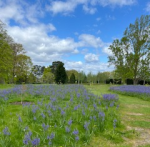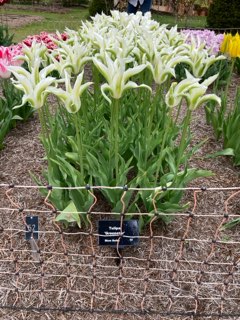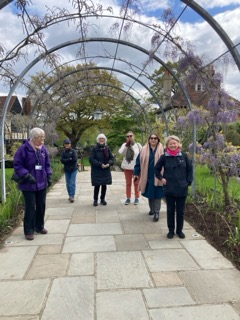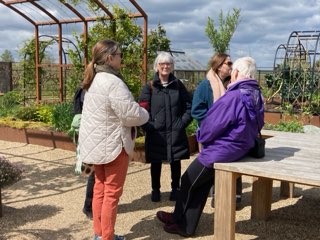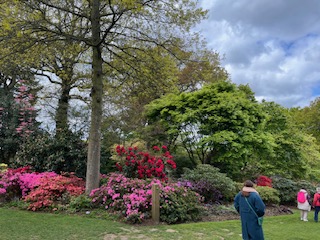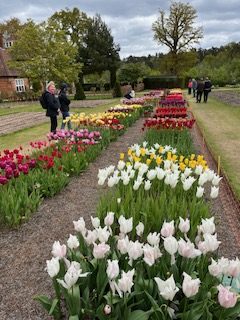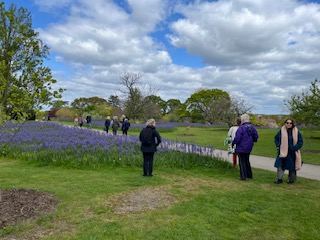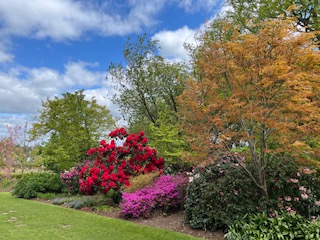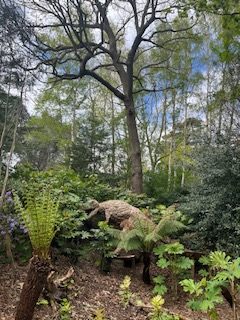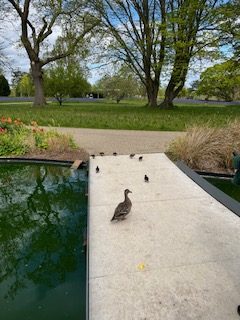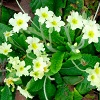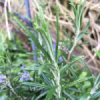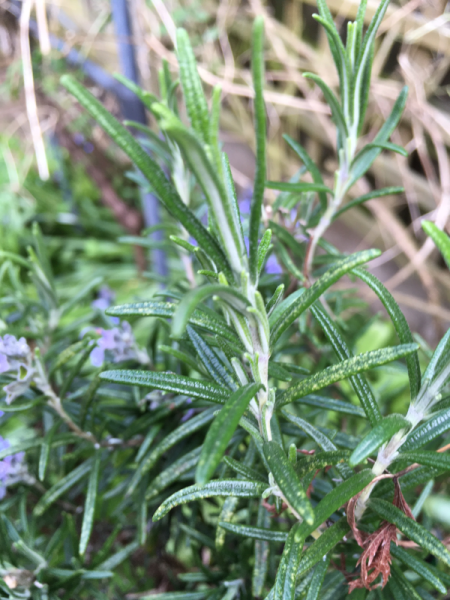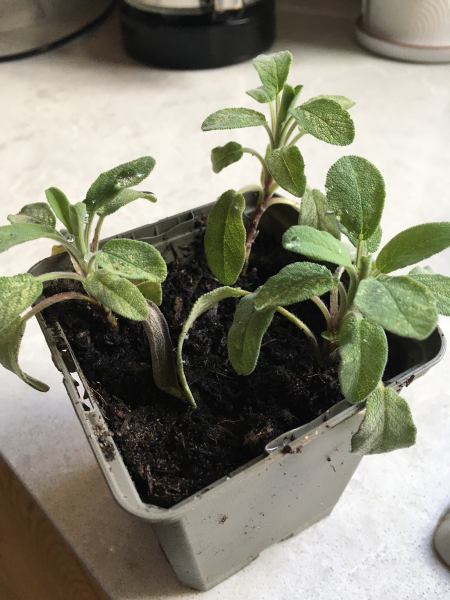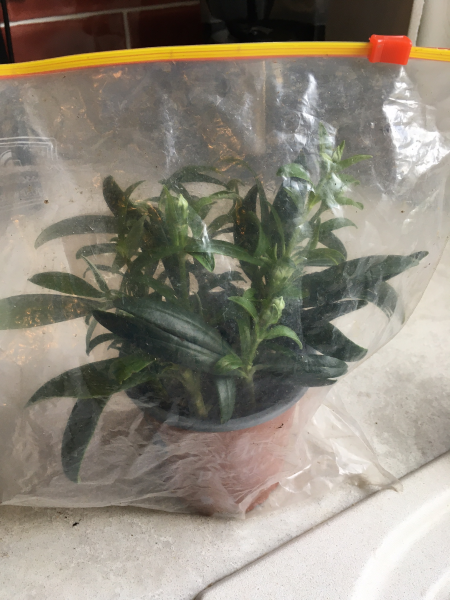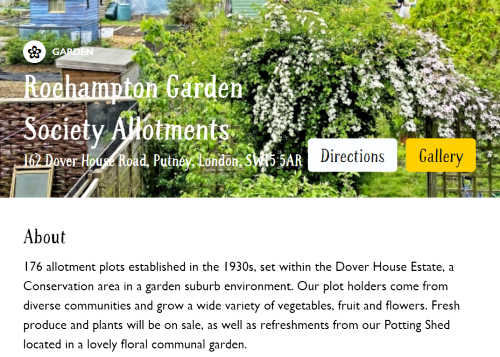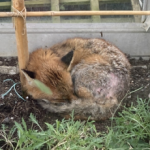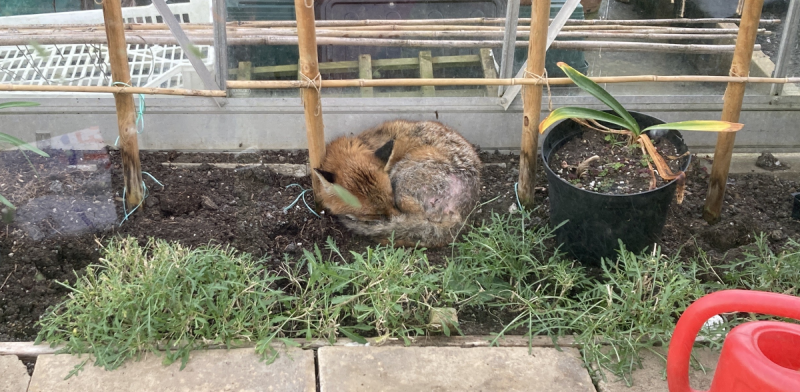There was standing room only in our Store on Sunday 18 February when our guest, Sarah Foss (M.Hort.) engaged RGS members with her talk on Pests and Diseases and how to Manage them. Sarah works for Ecolocal, a community run charity based in Carshalton. She also has a very large allotment and is an examiner for the RHS. Thanks to Georgina O’ Reilly for this summary of her interesting talk. Read it here.
More help with managing slugs can be found here on the RHS website.
Sarah is clear about the need for a balance of allotment creatures and the damage that pesticides can do. Please note that, in 2022, metaldehyde was banned in slug pellets – please be careful what you buy and use.
Metaldehyde ban
In September 2020 the government announced the withdrawal of metaldehyde slug control, with product sales ending in March 2021 and remaining stocks to be used up or disposed of by 31st March 2022. The withdrawal was planned following advice from the UK expert committee on pesticides and the Health and Safety Executive (HSE) who consider that metaldehyde poses an unacceptable risk to birds and mammals. An initial withdrawal in 2019 was overturned due to problems with incorrect implementation.
Product names for slug pellets for home garden use containing metaldehyde that will be affected by this withdrawal include: Ultimate Slug and Snail Killer, Deadfast Slug Killer, Doff Slug Killer Blue Mini Pellets and Westland Eraza Slug and Snail Killer. Please be aware that these and other product names may be relaunched using ferric phosphate as the main ingredient instead, and check any products you have stored to make sure they are used up or disposed of safely by the end of March 2022.

